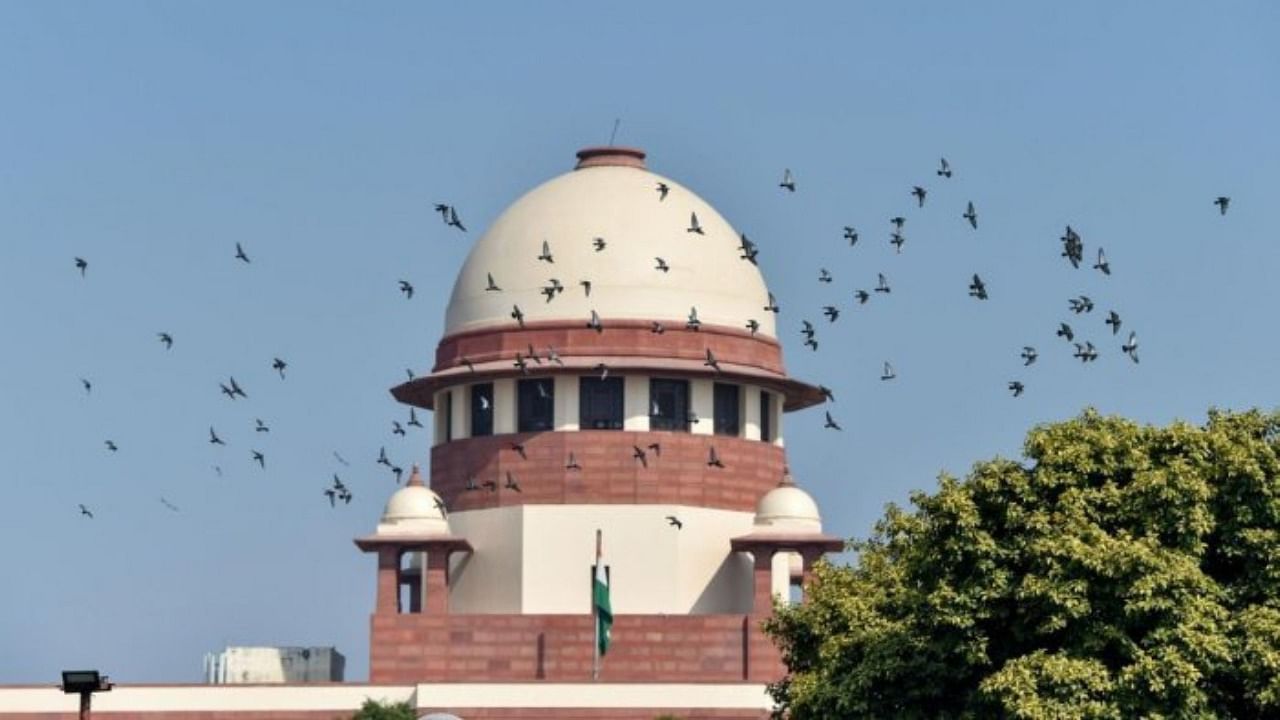
Last week, a three-judge bench of the Supreme Court of India headed by the then Chief Justice S A Bobde and comprising Justices Sanjay Kishan Kaul and Surya Kant laid down a timeline for the central government to approve the appointments of high court judges within a prescribed time, in the case of M/S PLR Projects Pvt Ltd v. Mahanadi Coalfields Ltd & Ors.
This is an admirable initiative that will be helpful to avoid the problem of delay in judicial appointments that has become a headache for the collegium. It will protect the independence of the judiciary and will also strengthen the primacy of the Supreme Court collegium in judicial appointments. After this order, it will be very difficult for the Centre to delay the appointments of judges as the new timeline fixed by the Supreme Court becomes the law of the land as per Article 141 of the Constitution, and now the government will be duty-bound to follow it as per the mandate of Article 144 of the Constitution. In case of violation of these directions, the court will have an option to initiate contempt proceedings against the violators.
As per the existing constitutional practice, the Supreme Court collegium headed by the Chief Justice of India (CJI) and consisting of his two senior-most colleagues has the conclusive power to recommend the appointments of the judges of the high courts to the President. In this process, the central government has limited scope and it is bound to act on the recommendation of the Supreme Court collegium. For appointing a judge of the high court, the high court collegium headed by the chief justice of the concerned high court and consisting of the two senior-most judges of the high court initiates the proposal and sends its recommendations to the Union Law Minister, the state government concerned, and the Supreme Court collegium for completing further process. Thereafter, the central government checks the antecedents of the recommended persons through the Intelligence Bureau and sends its inputs to the Supreme Court collegium, which takes a final decision by consensus. If the Supreme Court collegium approves the high court collegium’s recommendations, it sends such recommendations to the President, who issues the formal warrant of appointment as per Article 217 of the Constitution.
Notably, as no timeline was prescribed in any judgement of the Supreme Court relating to the judges’ appointments, the central government had some scope to delay the process to complete certain administrative formalities like collecting necessary information through the Intelligence Bureau and other intelligence agencies. During this process, the Centre delayed the appointments of some persons who did not fall in line with its ideology or thinking. As a result of this tendency, the vacancies of judges could not be filled up on time. Admittedly, around 416 vacancies of judges are lying vacant in the different high courts in the country today. Due to this shortage of judges, many high courts are facing huge arrears of cases and are unable to give speedy justice to people. As per the data submitted to the Supreme Court, 45 recommendations for high court judges’ appointments are pending with the central government for more than six months. Not only this, six names reiterated by the Supreme Court collegium a second time are also awaiting appointment. In addition to this, 196 recommendations are under process with the central government for judges’ appointment to different high courts in the country. Around 220 recommendations for existing vacancies need to be made by the high court collegiums soon.
The issue of vacancies of judges in the high courts came up before the Supreme Court during the hearing of a petition seeking transfer of a case from the High Court of Orissa due to the lawyers’ strike there. The court gave the following directions to expedite the process of judicial appointments: (1) The Intelligence Bureau (IB) should submit its report/inputs within 4-6 weeks from the date of recommendation of the high court collegium, to the central government; (2) It would be desirable that the central government forward the file(s) recommendations to the Supreme Court within 8 to 12 weeks from the date of receipt of views from the state government and the report/input from the IB; (3) It would be for the government to thereafter proceed to make the appointment immediately on the aforesaid consideration and undoubtedly if the government has any reservations on the suitability or in the public interest, within the same time it may be sent back to the Supreme Court collegium with the specific reasons for reservation recorded. If the Supreme Court collegium, after consideration of the aforesaid inputs, still reiterates the recommendation(s) unanimously (Cl. 24.1), such appointment should be processed and it should be made within 3 to 4 weeks.
It would have been better if the court could also have said something about the working of the high court collegiums that start the appointment process of high court judges. They should also improve their working system. The high courts should initiate the proposals well in advance before the retirement of judges. The apex court has timely laid down these directions to expedite the appointment process of high court judges in the country. It was much needed given the state of vacancies and arrears of cases in the high courts. The judicial appointment process is a collaborative process that should be undertaken to protect the collective interests and dignity of the judiciary. This timeline will also minimise the executive’s interference in judicial appointments which is the need of the hour. However, the collegium should also bring more transparency and accountability in its functioning.
(The writer is Advocate, Supreme Court of India)